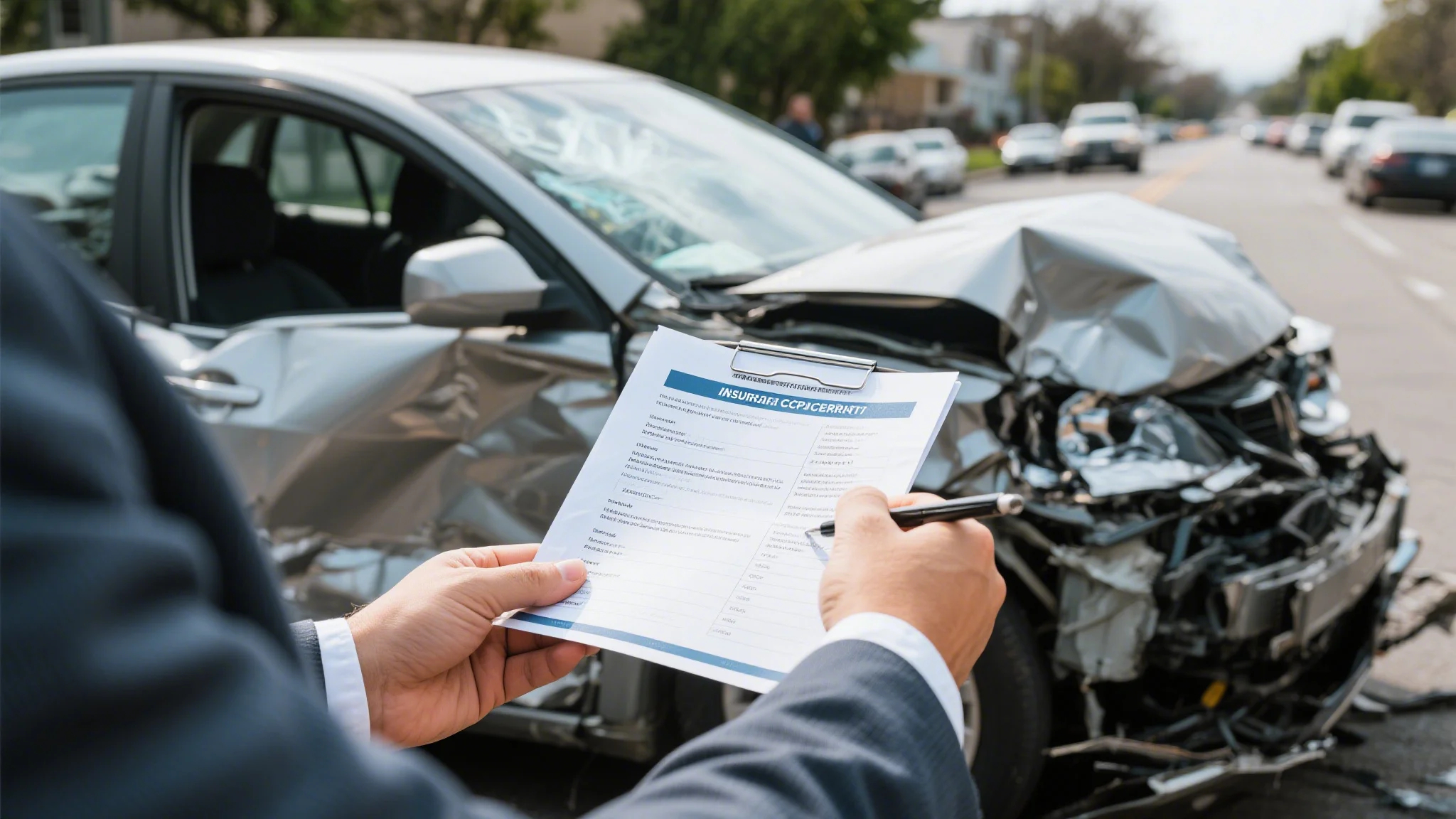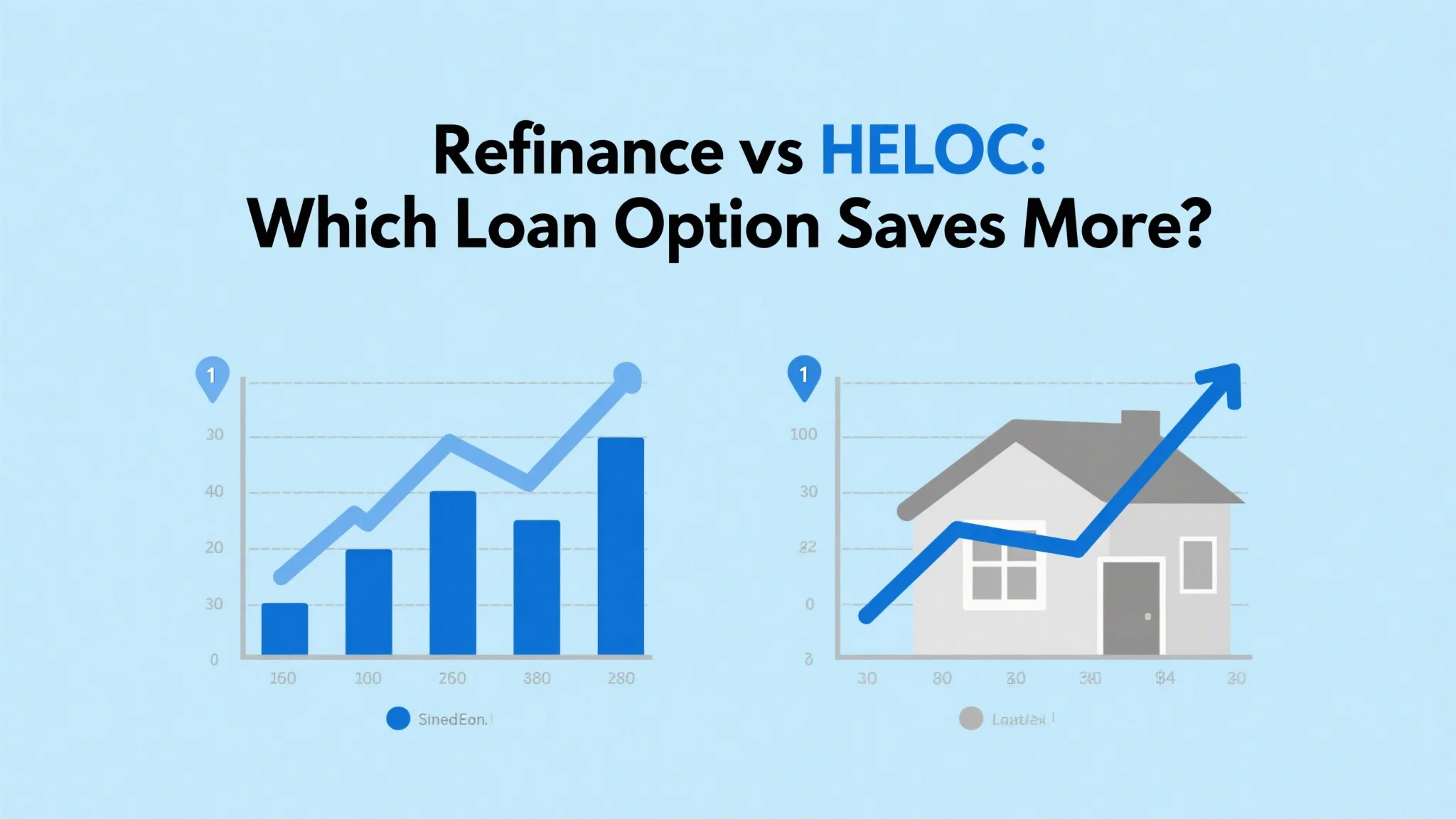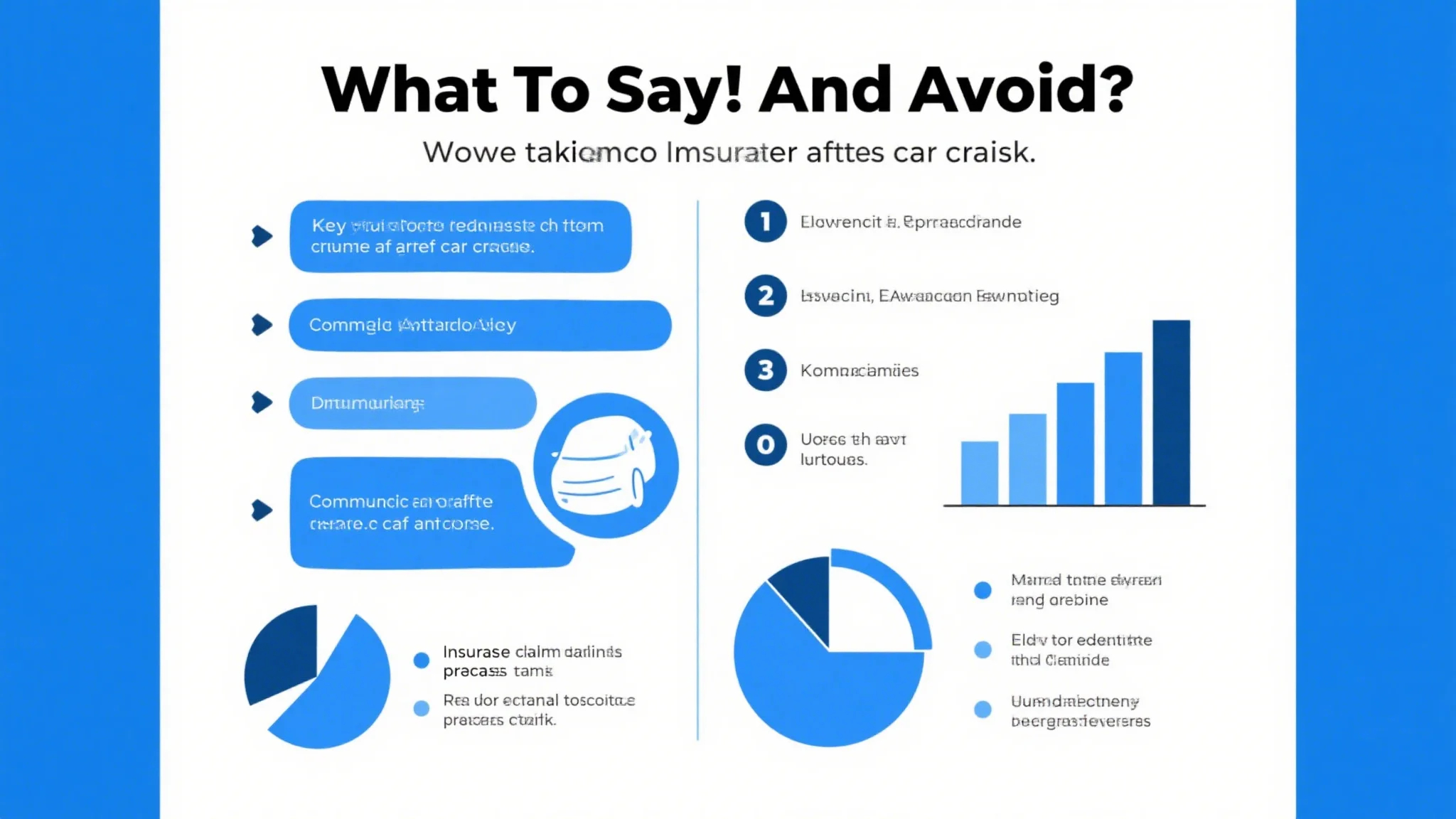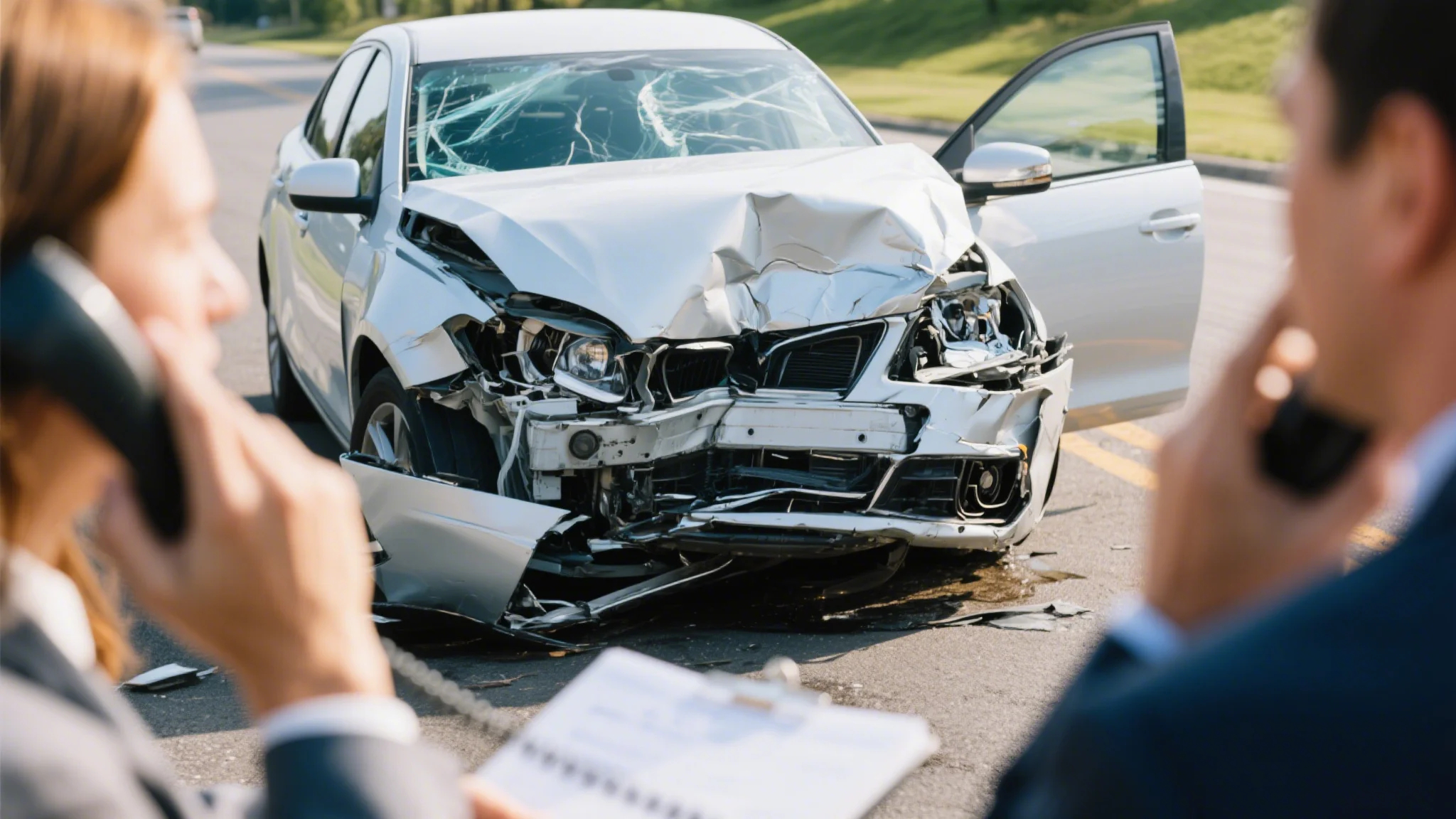When you purchase car insurance, one of the most important aspects to understand is the claim limits outlined in your policy. These limits determine how much your insurance company will pay out for a claim, whether it’s for damages to your vehicle, medical expenses, or third-party liability. While the idea of filing a claim might seem straightforward, the reality can be a bit more complex. This article will break down what you need to know about car insurance claim limits and what’s actually covered under your policy.
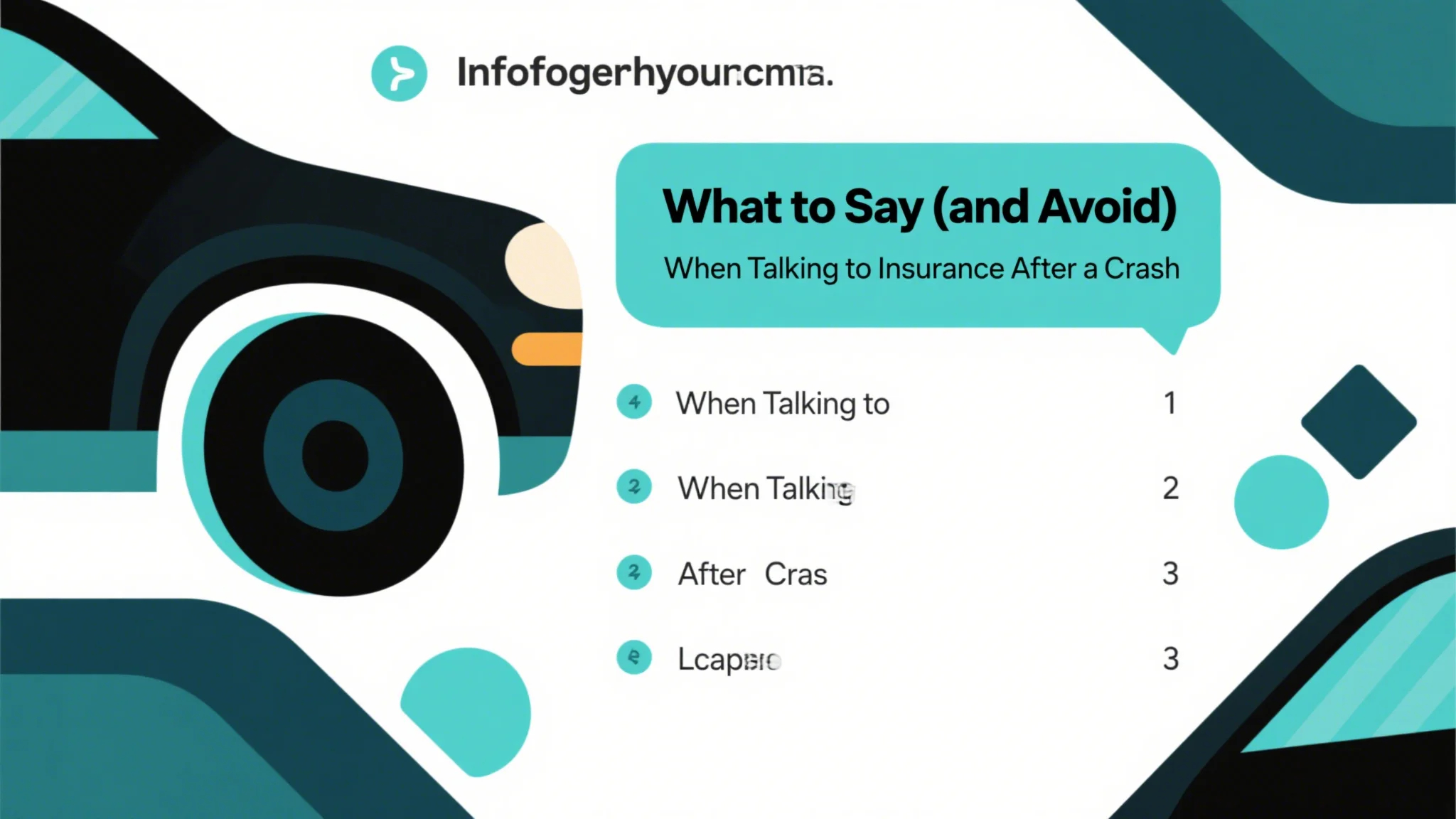
What Are Car Insurance Claim Limits?
Claim limits refer to the maximum amount your insurance company will pay for a specific type of claim. These limits are set by the insurance provider and are outlined in your policy documents. It’s important to note that claim limits can vary depending on the type of coverage you have, the state you live in, and the specifics of your policy.
For example, if you have a $10,000 limit for collision coverage, your insurance company will pay up to $10,000 for repairs to your vehicle after an accident, minus your deductible. However, if the damages exceed this limit, you’ll have to cover the remaining costs out of pocket. This is why it’s essential to review your policy and understand the limits for each type of coverage you’ve purchased.
Types of Coverage and Their Limits
Car insurance policies typically include several types of coverage, each with its own set of claim limits. Here’s a breakdown of the most common types:
Collision Coverage: This covers damages to your own vehicle after an accident, regardless of fault. The limit for collision coverage is usually set as a specific dollar amount, and you’ll need to pay a deductible before your insurance kicks in.
Comprehensive Coverage: This covers non-collision damages, such as theft, vandalism, or natural disasters. Like collision coverage, comprehensive coverage has a set limit, and you’ll pay a deductible.
Personal Injury Protection (PIP): PIP covers medical expenses, lost wages, and other damages for you and your passengers, regardless of fault. The limits for PIP vary by state, but they are typically lower than other types of coverage.
Third-Party Liability Coverage: This is required in most states and covers damages to other people or vehicles if you’re at fault in an accident. Liability limits are usually higher than other types of coverage and can be increased if you feel the need.
Uninsured/Underinsured Motorist Coverage: This covers damages if the other driver doesn’t have insurance or their limits are insufficient to cover the full amount of the claim. The limits for this type of coverage often match those of your liability coverage.
Why Claim Limits Matter
Understanding your claim limits is crucial because they directly impact how much you’ll pay out of pocket after an accident. If the damages exceed your policy’s limits, you’ll be responsible for the remaining costs. This can be a significant financial burden, especially if you’re involved in a major accident.
For example, if you have a $30,000 limit for liability coverage and the other party’s damages total $40,000, you’ll only be covered for $30,000, leaving them to cover the remaining $10,000. In some cases, this could lead to legal disputes or even personal liability if the other party decides to sue.
How to Choose the Right Limits
Choosing the right claim limits depends on several factors, including your budget, the value of your vehicle, and the level of protection you want for yourself and others. Here are some tips to help you decide:
Assess Your Needs: Think about how much coverage you realistically need. If you drive an older car, you might not need as much collision or comprehensive coverage. On the other hand, if you have a new or high-value vehicle, you’ll want higher limits to protect it.
Consider Your Wallet: Higher limits mean higher premiums, so it’s important to balance your budget with the level of protection you need.
Check State Requirements: Most states have minimum liability limits, so make sure you meet or exceed these requirements.
Review Your Policy Regularly: As your circumstances change—like buying a new car or increasing your deductible—it’s a good idea to review your policy and adjust your limits accordingly.
By understanding your claim limits and choosing the right coverage, you can ensure that you’re fully protected in the event of an accident.
When it comes to car insurance, knowing what’s covered under your policy is just as important as understanding the claim limits. While your policy may seem like a stack of legal jargon, taking the time to review it can save you from costly surprises down the line. In this second part of our guide, we’ll dive deeper into how claim limits work, what factors can affect them, and how you can maximize your coverage.
How Claim Limits Work
Claim limits are not one-size-fits-all. They vary depending on the type of coverage you have, the insurance provider, and the state you live in. For example, liability coverage typically has higher limits than collision or comprehensive coverage. This is because liability coverage is designed to protect others, while collision and comprehensive coverage are meant to protect your own vehicle.
When you file a claim, your insurance company will review the details of the incident and determine whether the claim falls under your policy’s coverage. If it does, they’ll pay out up to the limit specified for that type of coverage. If the claim exceeds the limit, you’ll need to cover the remaining amount yourself.
Factors That Affect Claim Limits
Several factors can influence the limits of your car insurance policy:
Deductible: Your deductible is the amount you’ll pay out of pocket before your insurance kicks in. Higher deductibles often mean lower premiums, but they also reduce the amount your insurance will pay for a claim.
Coverage Type: Different types of coverage have different limits. For example, PIP coverage typically has lower limits than liability coverage.
Policyholder’s Demographics: Factors like your age, driving history, and where you live can influence the limits set by your insurance provider.
State Laws: Minimum coverage requirements vary by state, so your limits must meet or exceed these requirements.
Vehicle Value: The value of your car can affect the limits for collision and comprehensive coverage. If you have a high-value vehicle, you may need to purchase higher limits to ensure it’s fully covered.
Maximizing Your Coverage
While it’s important to have adequate coverage, it’s also essential to avoid overpaying for unnecessary limits. Here are some tips to help you maximize your coverage without breaking the bank:
Understand Your Risks: Evaluate the likelihood of certain types of claims based on your driving habits and lifestyle. For example, if you rarely drive at night or in bad weather, you might not need as much comprehensive coverage.
Prioritize Key Coverages: Liability coverage is often the most critical, as it protects you from lawsuits and damages to others. Consider increasing your liability limits if you feel the minimums aren’t sufficient.

